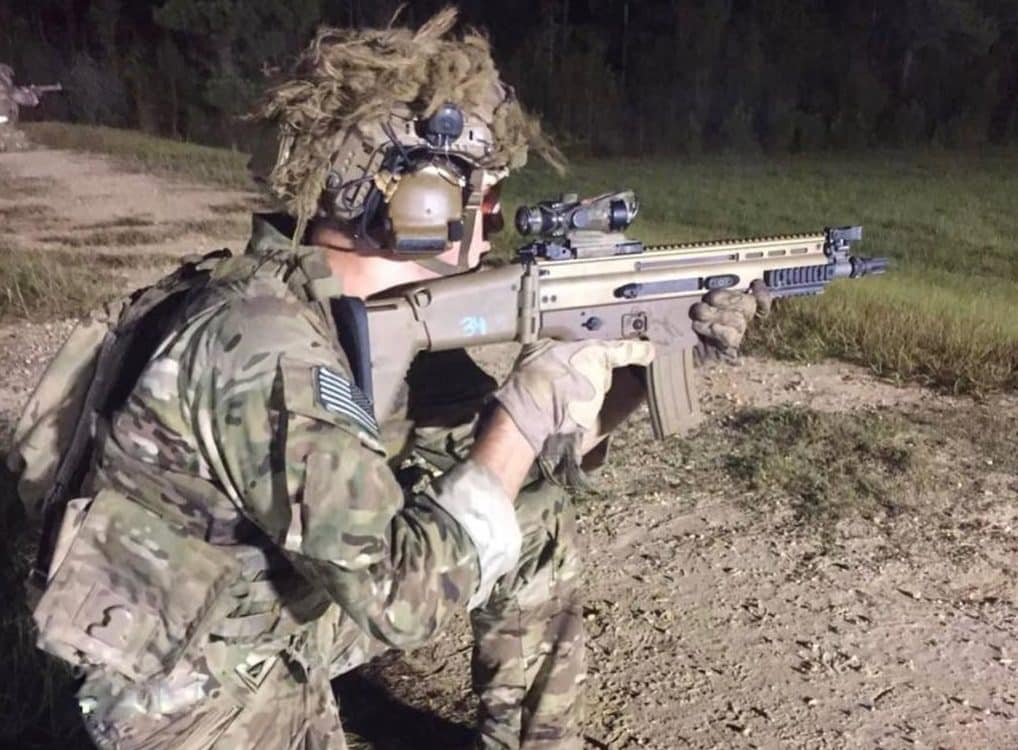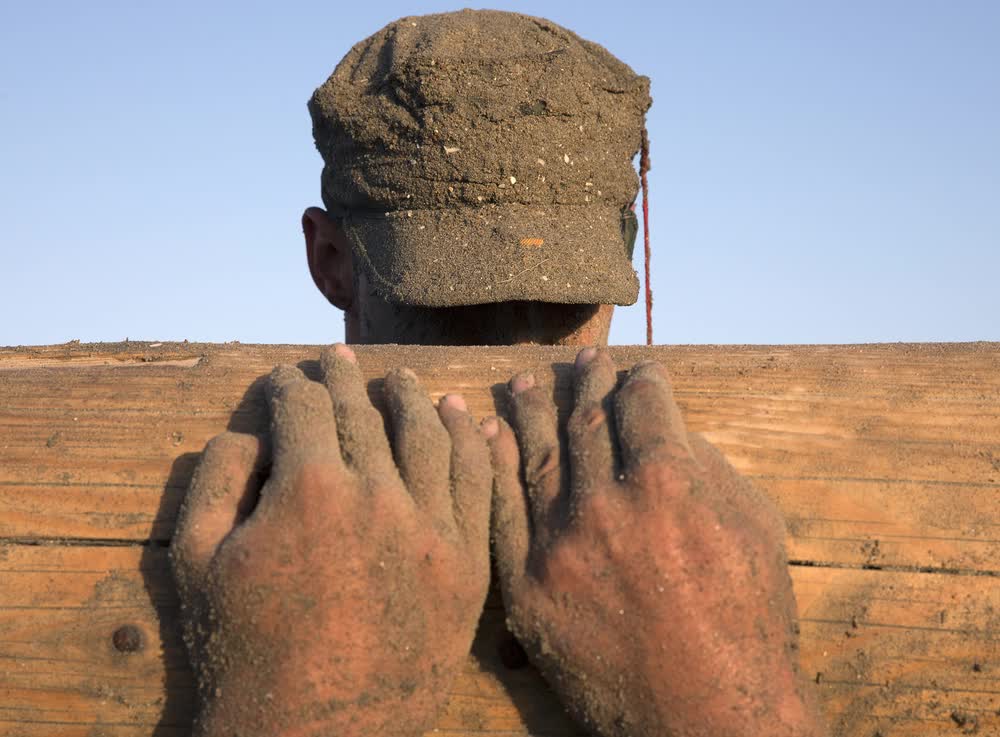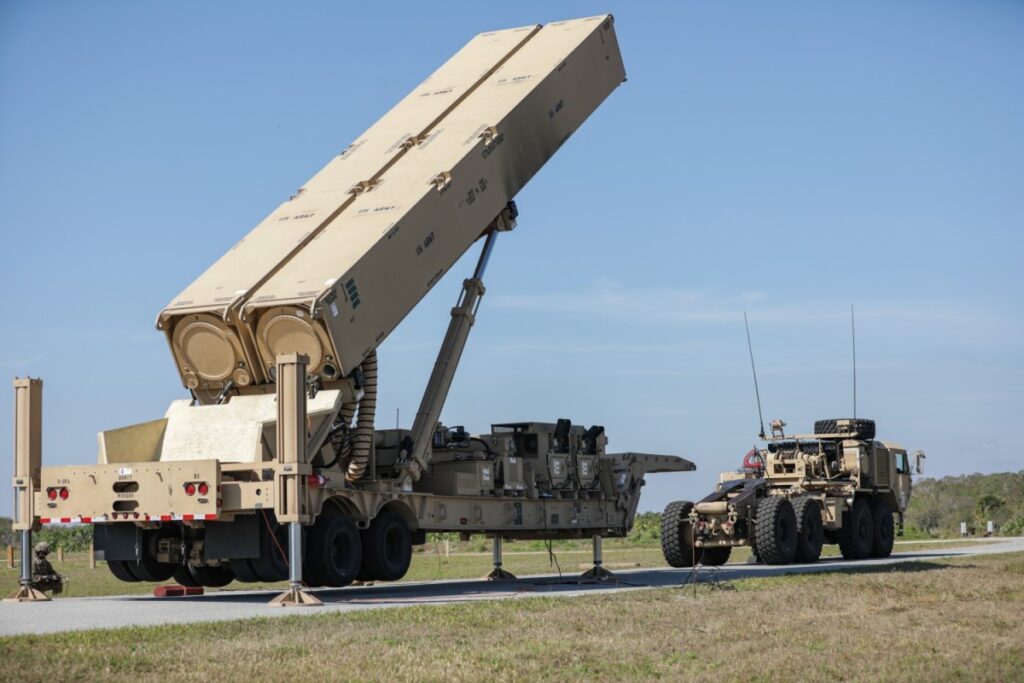The SCAR Mk16 seems poised to become the newest service rifle, at least with the U.S. special operations community. However, in 2010 the Special Operations Command (SOCOM) revealed it was no longer acquiring Mk16s but kept the Mk17 on hand.
Today we are going to find out why the rifle never made it as a special operations weapon, but first, let’s do a five-minute dive into the history and design of the SCAR series.
What’s the SCAR
The SCAR rifles are gas-operated, short-stroke, gas-piston rifles developed by Fabrique Nationale Herstal, aka FN. SCAR isn’t just a rifle but a competition. SOCOM wanted a Special Operations Forces Combat Assault Rifle, so the SCAR contest led to the SCAR rifle series. SOCOM wanted modular rifles, and the SCAR Mk16 was intended to replace the M4, the MK18, and Mk12 5.56 caliber rifles.
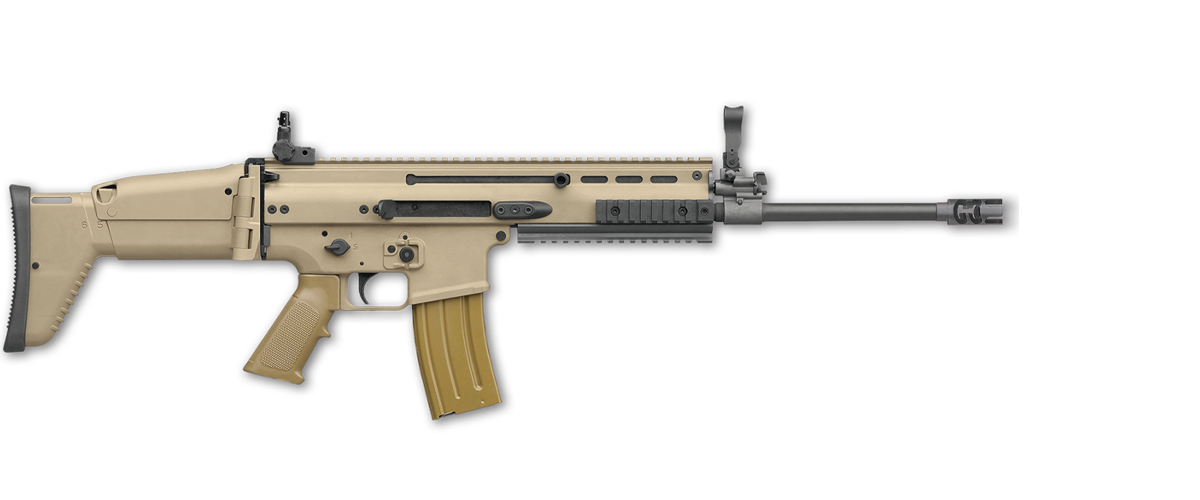
The SCAR series has grown since then, but in the early 2000s, the weapons only came in 5.56 and 7.62 NATO. In April 2010, FN won the contest, and the SCAR series was adopted, yet in June 2010, SOCOM announced it was canceling the acquisition of the Mk16.
Related: These are the small arms of the Ukrainian Special Forces
Why the rifle failed
The official answer for why the rifle failed is that SOCOM had limited funds, and the SCAR Mk16 wasn’t that different compared to other 5.56 rifles to justify its continued purchase as when compared to the M4, the SCAR didn’t create a large performance gap.
Admittedly in testing, the SCAR proved to be more reliable, but not substantially so. The M4 series has proven itself a reliable platform, and while the SCAR may have had fewer stoppages in 6,000 rounds, the average firefight isn’t lasting long enough for an on-the-ground operator to see a major difference.

The same could be said about the two weapons’ accuracy. Strap the SCAR Mk16 to a bench, and I bet the groups are smaller than the M4s. However, that’s not necessarily going to be seen on the battlefield.
The cost of the rifle isn’t the only consideration. You also have to train the troops on the rifle, procure replacement parts, retrain armorers, and ensure your accessories function with the new rifle.

On the other hand, there was already a fair amount of institutional knowledge about the M4 and its series already had an environment built around the gun. Further, according to some anecdotal stories and interviews the M4 was the preferred rifle of special operations troops.
Ultimately, SOCOM decided they could spend the money they were spending on Mk16s elsewhere and have a greater effect.
What the SCAR Mk16 did better
The SCAR is more accurate and reliable than the M4. More than that, the ergonomics were improved with ambidextrous controls and a reversible charging handle. Also, the rifle’s stock both collapsed and folded to make it more compact. Further, the rifle had a monolithic rail allowing for a much longer optics rail than the M4.
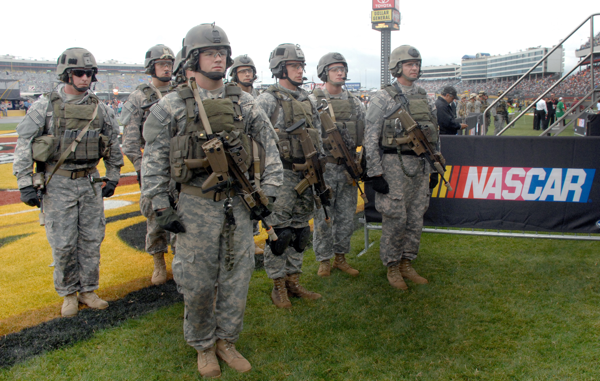
Additionally, when shooting it suppressed, the short-stroke gas piston system tends to throw less gas in the operator’s face and that same gas system works well with short barrels. Overall, it’s a more modern rifle than the M4 (and as you can tell, it’s also a very photogenic one).
What the SCAR Mk16 did worse
However, the Mk16 wasn’t all rainbows and glory. It tended to be heavier than the M4 and Mk18 in their respective configurations. Also, at the time, the Mk16’s charging handle reciprocated which was annoying and could create issues (although modern SCARs have eliminated this.) On top of that, the charging handle placement made it easy to hit your knuckles on an optic when charging the weapon.
Lastly, its stock is ergonomic but is somewhat fragile, with breakage being slightly too common.

What’s next
The SCAR Mk16 might not have been what SOCOM needed, but it’s been a successful rifle. Over 20 countries have adopted the platform for various military and police forces. It’s an outstanding and modern option, especially if you are moving away from a less modular or even a Cold War platform.
The Mk16 is a great rifle, but it just wasn’t what SOCOM needed at the time.
Read more from Sandboxx News
- The reliable Czech Bren rifles – Service rifles from around the world
- The Lethality System Project takes the Australian military’s small arms to the future
- Special Forces test an Israeli mortar system that will make them more lethal and survivable
- From King to Clown: Even Delta Force operators have bad days
- The truth behind the mysterious M1903 Air Service Rifle
